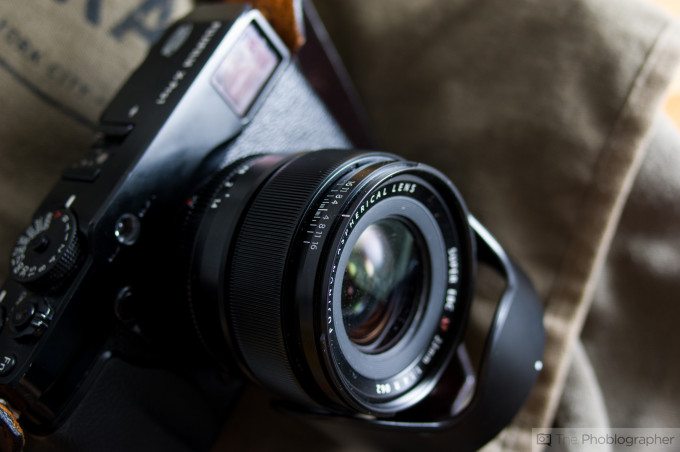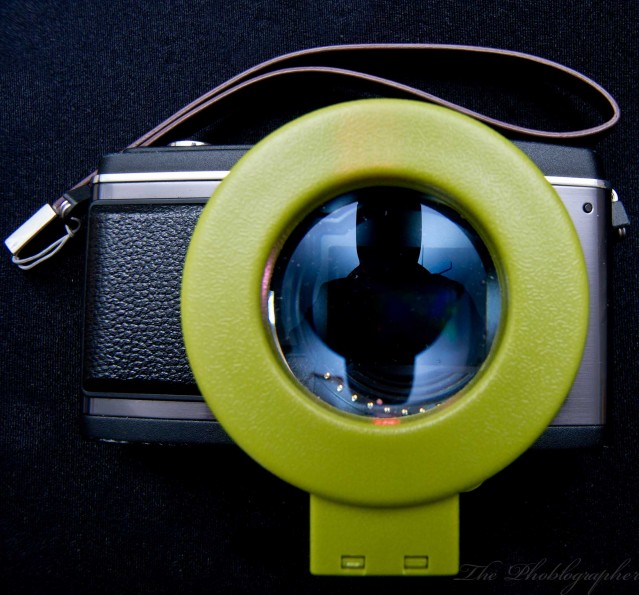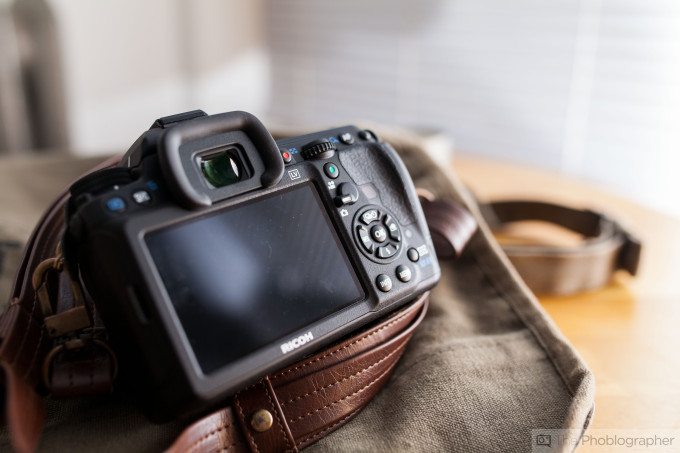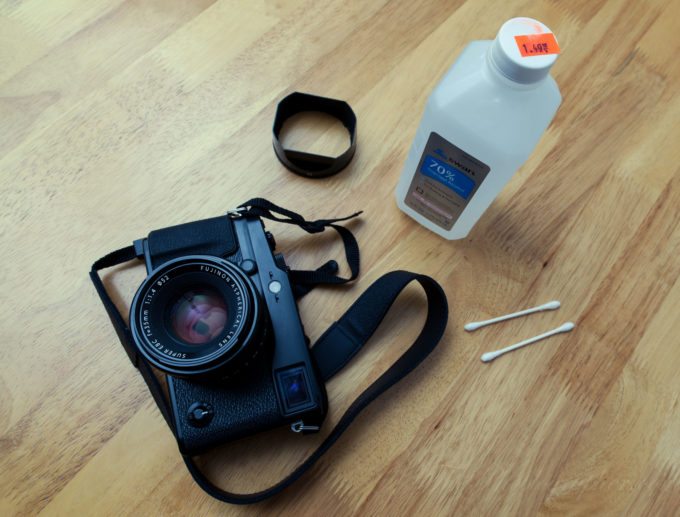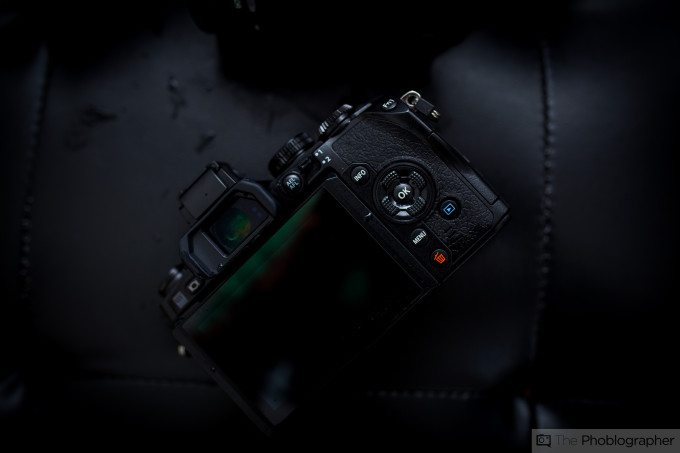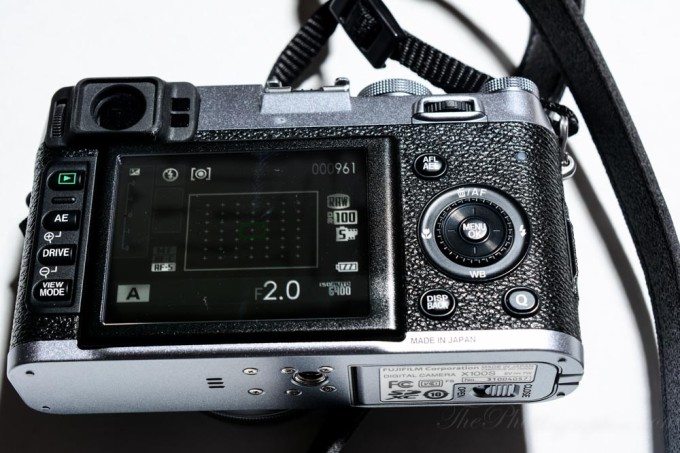Now that you’ve got your new camera (or have had one for a while now) there are a couple of things that you can do to make sure that the performance is always up to par. And while you may have heard of cleaning your sensor and other things like that, do you know how to boost the camera’s focusing performance? Or perhaps how to extend the battery life?
Clean the Sensor
If you’re taking photos and you begin to see spots on your images, then chances are that the sensor of your camera is dirty. First, you’ll want to check for dust. You’ve got two options, using a special swab to wipe off the residue or using a brush/rocket blower to clear off anything getting in the way of you creating better images.
When you do this, you’ll want to ensure that the camera is in sensor cleaning mode and that the camera is above you with the sensor pointing toward the ground/you. Then you’ll gently swab the sensor. We’ve got more on this here.
Keep the Diopter Adjusted
If you suddenly find your camera’s viewfinder to be a bit blurry, don’t panic. Your vision might not be going, instead what you’ll need to do is adjust the diopter around the viewfinder of your camera. When you do this, it’s a great idea to look at the illuminated writing in the viewing piece and adjust it until you can read it clearly. Once you do this, you’ll know that you can see it with no problems.
Once a Week, Clean the Lens Contacts
Once a week or so, it’s a good idea to clean the contacts of your lens and the camera contacts with Isopropyl alcohol. This ensures that the AF communication and data is being translated back and forth with ease. It can also sometimes even boost the focusing performance of your camera. We really recommend once a week for older cameras, but otherwise you can do this once a month unless you’re constantly switching lenses.
Dim the Screen
Dimming the LCD screen (or taking it off entirely or even making it display something constant like just settings) can help to preserve battery life. Sometimes letting the screen automatically adjust itself is the best option but otherwise you can manually dim it. Less power going to the screen means that you’ll have better battery life.
Manually Select Your Focusing Point
If you let your camera choose where to focus and not at least give it an idea by manually selecting a focusing point, then it will try to search the entire scene for a subject to focus on instead of really honing in on one area. This requires processing power, moving the lens, and transmitting the information to the LCD/Viewfinder. Essentially, this also drained more battery power.
If you select the focusing point first, compose your scene, and then focus the camera, you’ll save juice.
Bonus: In Cold Weather, Keep the Battery Close to Your Body
Batteries tend to die faster in the cold–trust us, we’d know. Lots of cameras that we test tend to just totally die during the winter. When the camera is off or not in use, it’s best to remove the battery and keep it in a jacket pocket of some sort to keep it warm. This way it will function with no issues.
Please Support The Phoblographer
We love to bring you guys the latest and greatest news and gear related stuff. However, we can’t keep doing that unless we have your continued support. If you would like to purchase any of the items mentioned, please do so by clicking our links first and then purchasing the items as we then get a small portion of the sale to help run the website.
Also, please follow us on Facebook, Google+, Flickr and Twitter.


